Hangar 5 Training
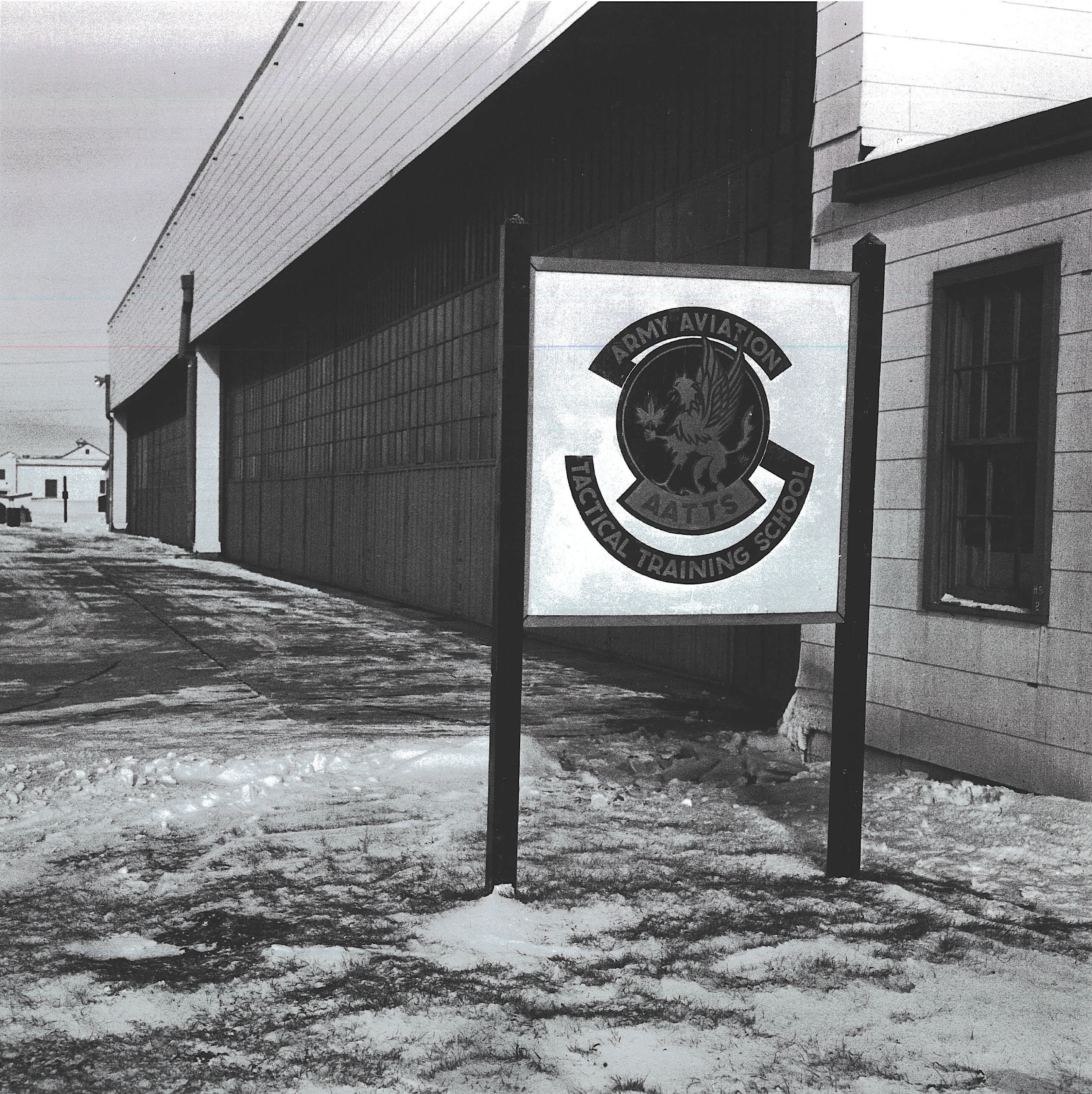
Over the years, Hangar 5 was home to several training missions.
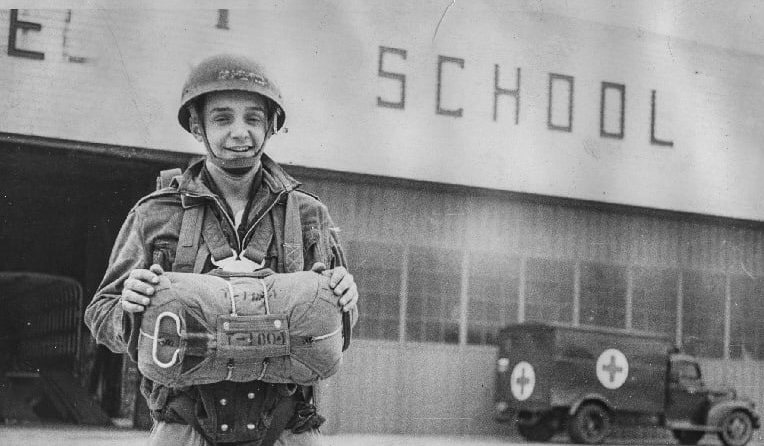
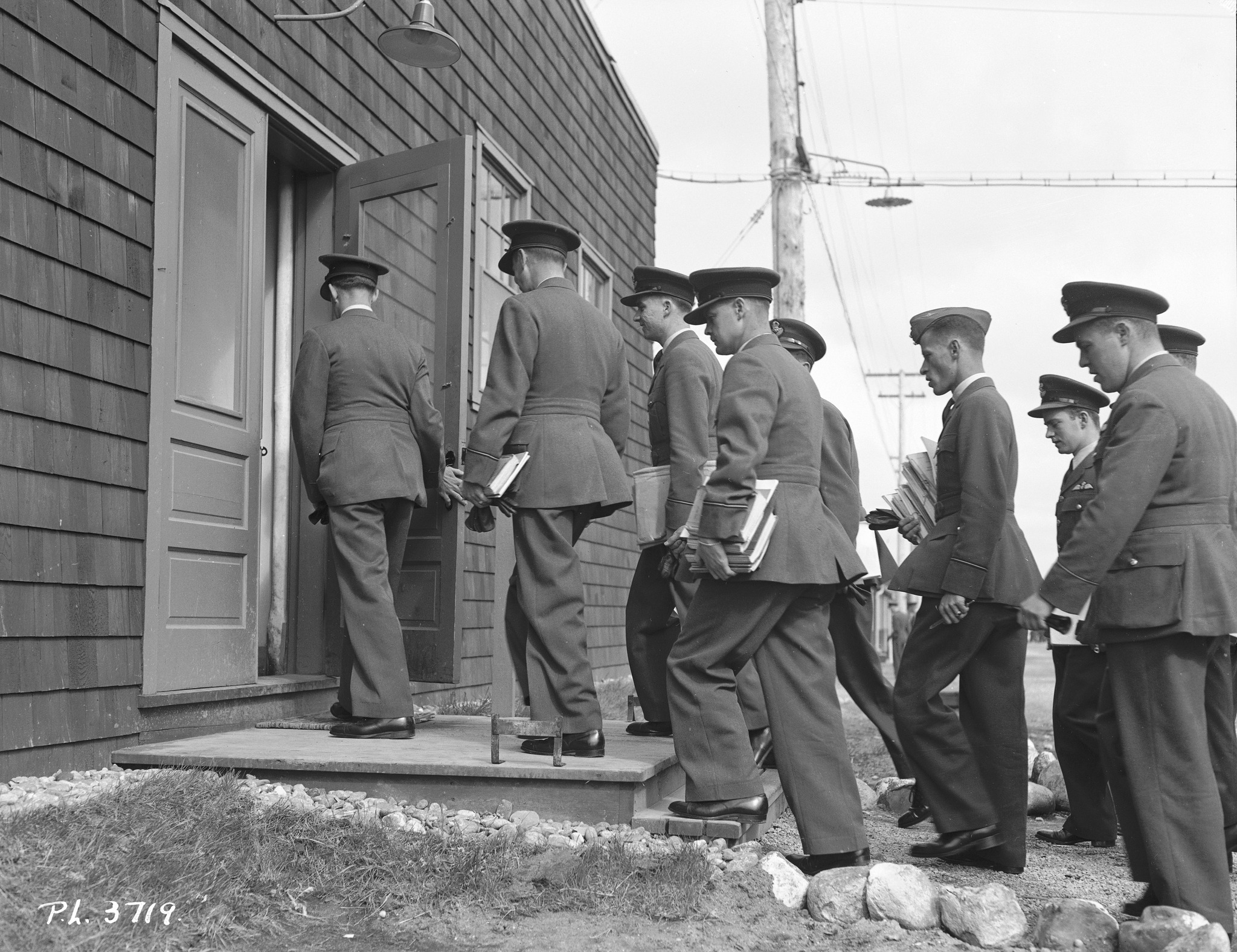
Reporting for Class - Books in hand.
During the war years the airport at Rivers was a part of the British Commonwealth Air Training Plan and its facilities were used primarily by Avro Ansons for the purpose of training navigators.
Air training has always been dangerous. Crashes were frequent. Airman from Britain, Australia and New Zealand who were killed in these crashes were buried in the Rivers cemetery.
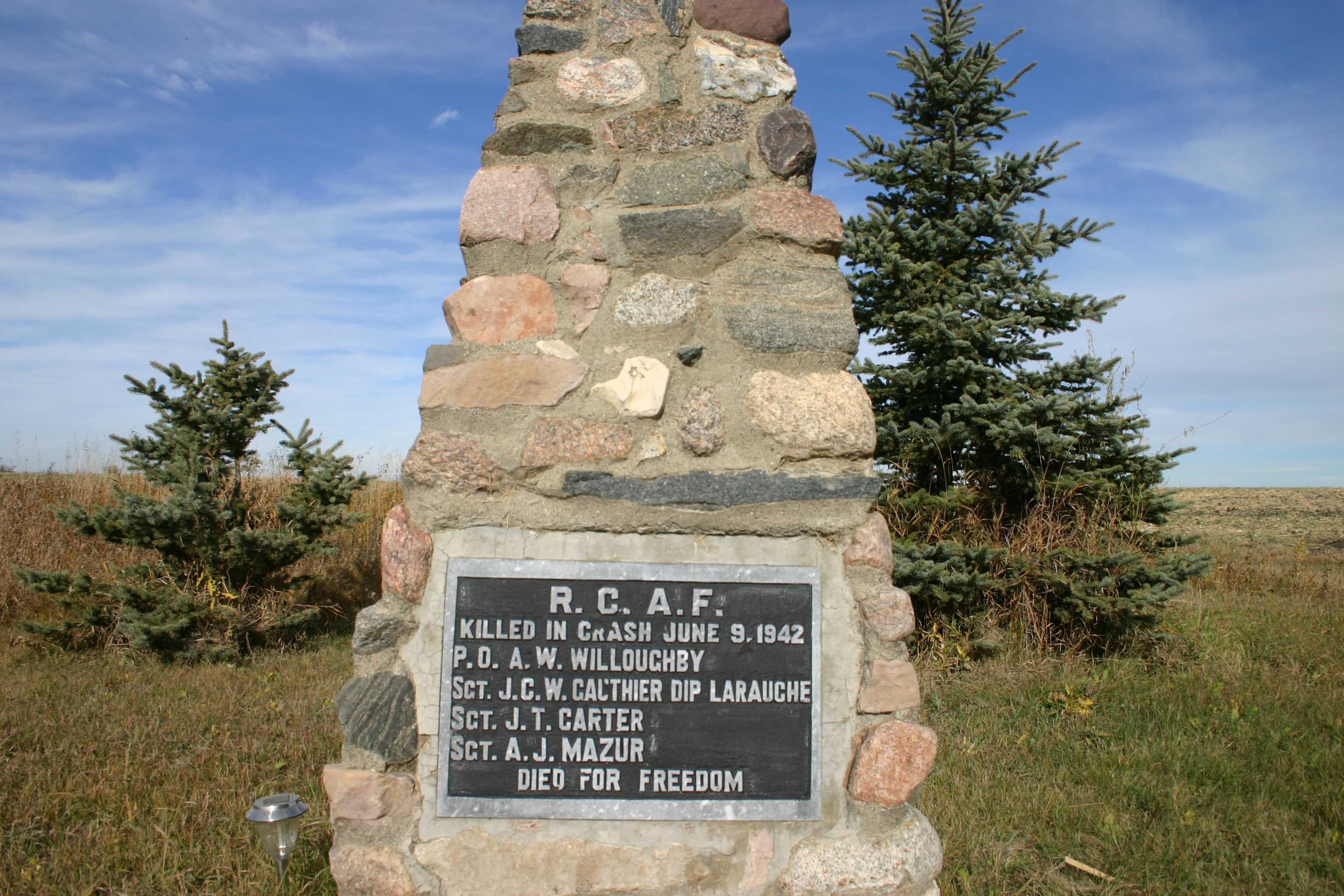
This cairn, south of Newdale commemorated the deaths of four trainees on June 4, 1942. There were 40 fatalities between 1941 and 1945. Peacetime training could be dangerous as well.

On April 13, 1954, Lieutenant Ernest Arthur Annear was killed as the result of a flying accident near o CJATC Rivers.
In 1947, the Army Aviation Tactical Training School was established at Rivers to provide pilot training to Army aviators, as well as helicopter instructor training for the Army, RCN and RCAF. No. 6 Signal Regiment, Royal Canadian Corps of Signals and the Air Support Signals Unit provided communications duties at Camp Rivers. 444 Air Observation Post Squadron was formed on 1 October 1947 but disbanded 1 April 1949.

Hangar 5 in 1951.
Helicopter Pilot Training
The Basic Helicopter Training Unit was established at Rivers in August 1953, initially to train RCAF pilots, but by 1956, Army helicopter pilots were also training at Rivers.
It was the first tri-service flying training unit in Canada and was the country's main para-training centre for Army, Navy and Air Force personnel.
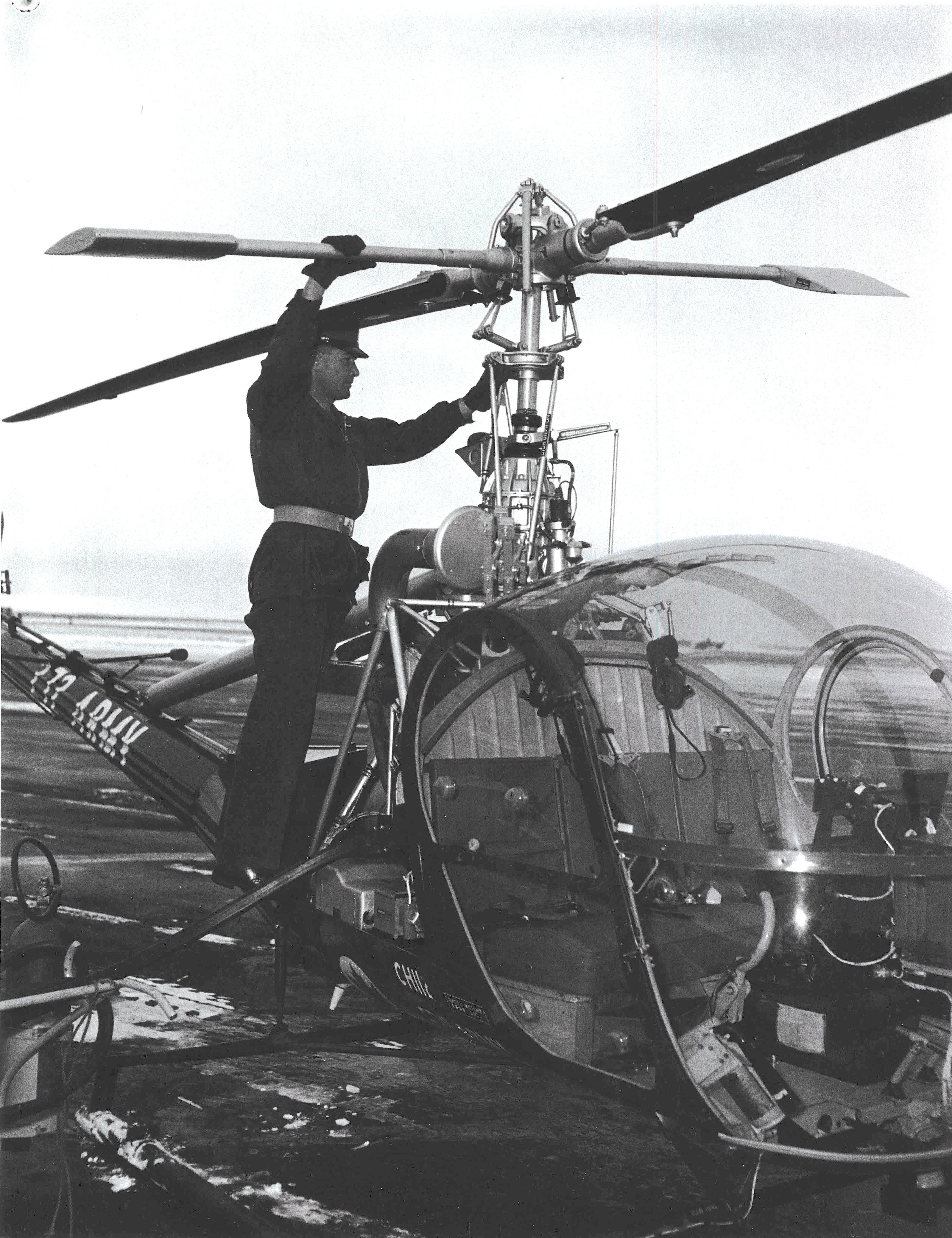
The facilities established at the Rivers Base made it a logical place to locate peacetime training. Over the years, new training initiatives were created, and operations from other bases were moved here. Hangar 5, which remains standing as of 2024, was home to many of these initiatives, but other locations figure prominently, as well.
408 Tactical Fighter Squadron, whose primary functions were reconnaissance and weapons delivery, moved to Rivers in 1964 from RCAF Station Rockcliffe, and remained until disbanded on 1 April 1970. The Sqaudron started during WW2 as a Bomber Squadron. In 1949 it was transformed to a photo reconnaissance squadron based in Ottawa. Using Lancaster Bombers, they mapped much of Northern Canada in the 1950's. It moved to Rivers in 1964 where its mission continued to evolve.
In 1968, the Obodo Oracle, a Base newspaper, featured a report from Captain D.J. Mawhinney about the operations:
"In 1968, the Squad was one of the largest units on the base with 209 Officers and men. They had 17 T-33 jets (T-Birds), including 3 with Vinter cameras for photo work and five armed with Browning machine guns and capable of carrying rockets, bombs and napalm. In 600 of flying per month the training routes cover a large portion of Manitoba and Saskatchewan and use about 175 gallons of jet fuel."